Faculty
Jia'er Chen
Nuclear physicist, born in Shanghai in October 1934. He graduated from the Department of physics of Jilin University in 1954. He was elected academician of the Chinese Academy of Sciences in 1993 and academician of the Third World Academy of Sciences in 2001. He is Professor of Peking University, the former president of Peking University, director of the National Natural Science Foundation of China, director of the Department of mathematical physics of the Chinese Academy of Sciences, President of the Chinese Physical Society and President of the Asia Pacific Federation of physical societies. He has been committed to the research and teaching of particle accelerators for a long time and is a discipline leader in the physics and technology of low-energy accelerators. He led and completed the design and construction of 4.5mv electrostatic accelerator and improvement of 6MV tandem electrostatic accelerator. On this basis, the first carbon-14 ultra sensitive accelerator mass spectrometer in China was built. He presided over the test, design and research of the new heavy ion RFQ acceleration structure and RF superconducting acceleration cavity, studied beam physics with depth in combination with the accelerator project, and made contributions to improving beam transport and utilization efficiency.
Representative treatise Chen Jia'er Anthology.
Profile page: http://www.phy.pku.edu.cn/info/1009/4333.htm
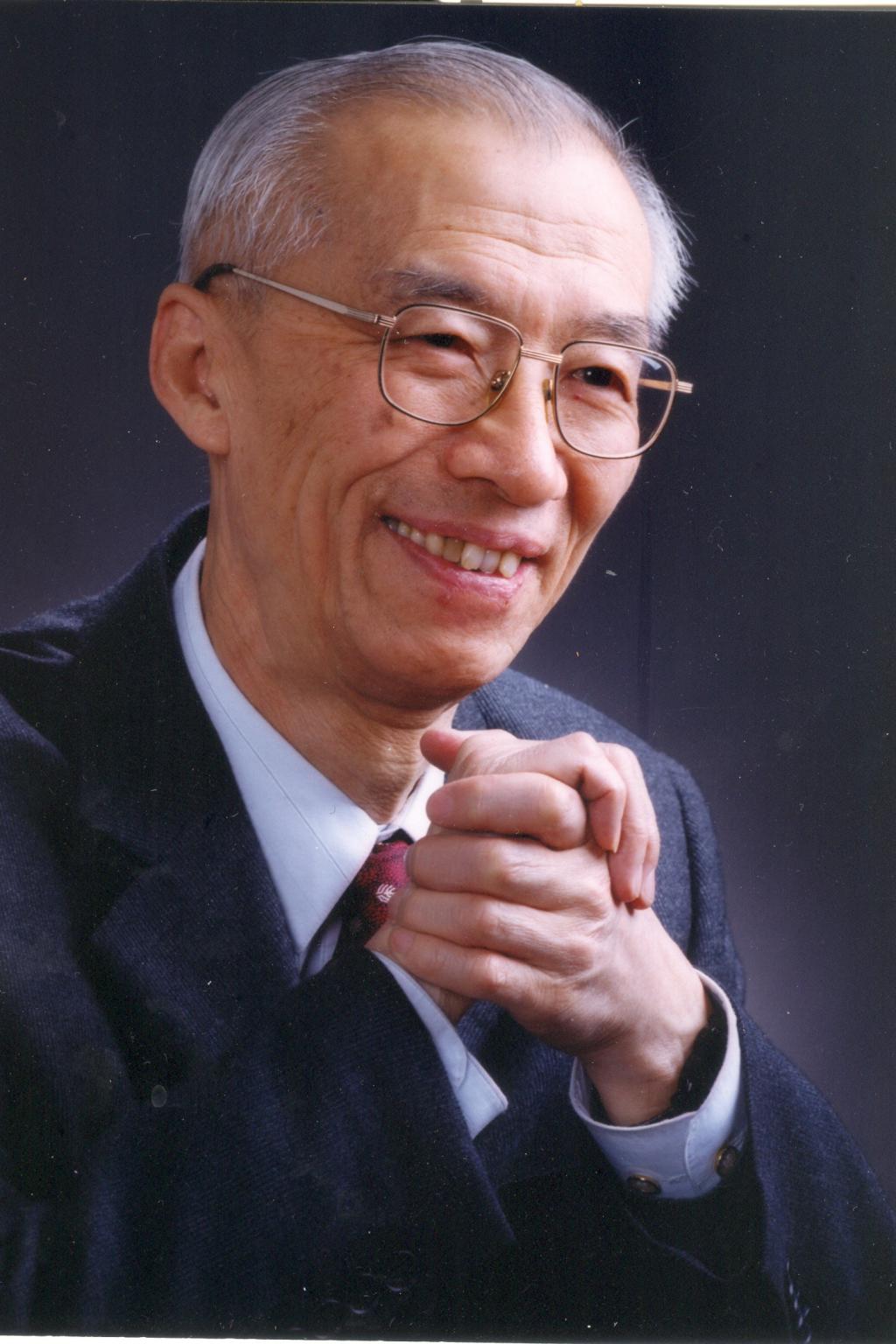
Xueqing,Yan
Professor, doctoral supervisor, vice president of School of Physics, deputy director of State Key Laboratory of Nuclear Physics and Technology, deputy director of Applied Physics and Technology Research Center of Peking University, and director of Beijing Laser Accelerated Innovation Center.
Born in Yongzhou, Hunan in July 1977, he graduated from the Department of Engineering Physics of Tsinghua University in 1999 and graduated from the school of physics of Peking University in 2004. He is a member of The International Center for Zetta-Exawatt Science and Technology (IZEST), member of the Asian Intense Laser Science Committee, executive director of China Particle Accelerator Society and member of China High Energy Density Physics Committee. He is the editorial board member of Scientific Reports, Matter and Radiation at Extremes, Intense Laser and Particle Beam and High Energy Density Physics. He was supported by the National Natural Science Foundation for Distinguished Young Scholars (2010), and by the Innovation Group Project of the National Natural Science Foundation of China in 2019. He is the chief scientist of the major instrument project of the Ministry of science and Technology (2012-2017) and the key R & D project of the Ministry of science and Technology (2019-2030).He has been selected into Hu Jimin Education Science Award of the Chinese society of Nuclear Physics (2007), Humboldt scholar of Germany (2008), innovative talents of the Ministry of Science and Technology (2015), 10000 innovative talents plan of the Organization Department of the CPC Central Committee (2016), outstanding young scientists of Beijing (2018) and "Rostocker Outstanding Lecturer" of the University of California (Irvine) (2019). Due to his contribution to the theoretical and experimental research of laser accelerators, he won the Hogil Kim award at the 2019 world Accelerator Conference (the first in Chinese Mainland). In October 2020, he won the 2020 Heliang Heli Science and Technology Progress Award.
Profile page:http://faculty.pku.edu.cn/yanxueqing

Qing,Qin
He is professor of School of Physics of Peking University, once served as a full-time professor at the Institute of High Energy Physics (IHEP) of the Chinese. He is also a member of the International Advisory Committee of several large accelerator devices such as the European Center for Nuclear Research (CERN) and the Swedish Max IV light source. He participated in the operation and upgrading of the Beijing Electron Positron Collider (BEPC), and led the commissioning, operation, compliance and use of the improved BEPC (BEPCII) as a synchrotron radiation light source; He also led the conceptual design of the future circular Electron Positron Collider (CEPC), as well as the pre research, design and project launch of China's first high-energy synchrotron radiation light source (HEPS). He served as the director of ESRF ASD and the first scientist in China and even Asian countries to serve as a senior manager in large accelerator laboratories in Europe and America.
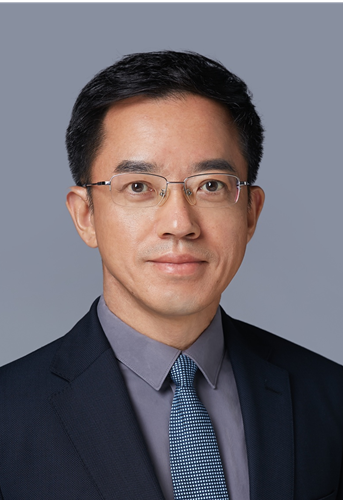
Wenjun,Ma
Professor and doctoral supervisor in the School of Physics, Peking University. He graduated from Beihang University with a bachelor's degree, received his Ph.D. from the Institute of Physics, Chinese Academy of Sciences (2009), studied and worked at Max Planck Institute of Quantum Optics and the University of Munich (2010-2015), and has been teaching at Peking University since 2015, focusing on laser plasma physics and laser-driven particle accelerators. In recent years, he has made many original works in the fields of laser-driven ion acceleration, high-yield electrons and radiation sources, and relativistic laser plasma interaction, and has published more than 120 papers in Nature Photonics, Physical Review letters, Physical Review X and other journals, and has been cited more than 2400 times. At present, it undertakes major projects such as key projects of the national key research and development plan.
Profile page:http://faculty.pku.edu.cn/mawenjun
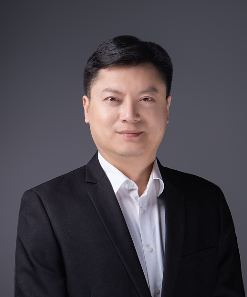
Chen,Lin
Researcher and doctoral supervisor of School of Physics, Peking University. He obtained a doctorate degree in nuclear technology and application from Peking University in 2011. From 2011 to 2013, he worked as a postdoctoral researcher at the Institute of Heavy Ion Physics, Peking University. Since December 2013, he has worked in the School of Physics, Peking University. The main research directions include laser plasma acceleration, laser accelerated proton beam irradiation applications, fusion plasma diagnosis, laser accelerator control system and data information management. During his tenure as a researcher, he taught the undergraduate course "General Physics Experiments" and the graduate elective course "Introduction to Femtosecond Laser Accelerators and Applications". At present, he has published more than 20 papers, and has successively undertaken seven research projects and topics including the Natural Science Foundation of China, the International Magnetic Covenant Nuclear Fusion Energy Development Research Project, and the National Key Research and Development Project.
Homepage:http://faculty.pku.edu.cn/lincheng
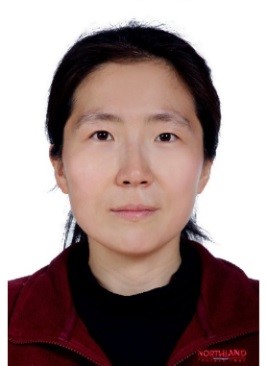
Kun,Zhu
Peking University, School of Physics, senior engineer, doctoral tutor. He has worked in the field of accelerator technology for 19 years, and has carried out in-depth research work on ion sources, beam distribution lines, radio frequency accelerators and high-power targets.
Homepage:http://faculty.pku.edu.cn/zhukun
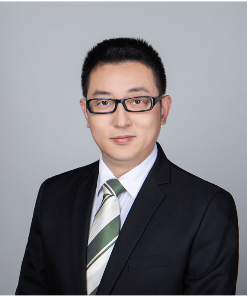
Yanying,Zhao
Senior engineer, has worked in the field of high-field femtosecond laser for 14 years, and has long been engaged in the development of ultra-intensive femtosecond laser systems and related key technologies, as well as the development of ultra-short pulse diagnostic evaluation systems.
Homepage:http://faculty.pku.edu.cn/zhaoyanying
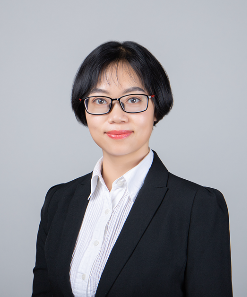
gen,Yang
PhD Tutor. Evaluation expert of the Academic Degrees Center of the Ministry of Education; evaluation expert of the National Natural Science Foundation of China/Beijing Natural Science Foundation/Hong Kong Science Foundation; Young Member of the Radiation and Environment Professional Committee of the Chinese Biophysical Society; Young Member of the Radiation Toxicology Professional Committee of the Chinese Society of Toxicology; National Level The key speaker of the high-quality resource open class "Physical Experiments in Ordinary University", and the postgraduate course "Radiation Biology and Tumor Radiation Therapy" is offered.
He is undertaking 7 scientific research/clinical related research projects including general projects of the National Natural Science Foundation of China.
Research direction: circulating tumor cells and tumor stem cells; in vivo 30 nm chromatin structure analysis and radiation biophysical model; tumor radioimmunoimaging and therapy.
Homepage:http://faculty.pku.edu.cn/yanggen
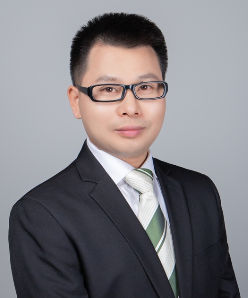
Xinlu,Xu
Dr. Xu is an assistant professor and doctoral supervisor at School of Physics, Peking University. He received his Ph. D. in 2015 from Department of Engineering Physics, Tsinghua University. He was a postdoc at Physics and Astronomy Department, UCLA from April 2015-Dec. 2018 and then worked at SLAC National Accelerator Laboratory as a staff scientist until Aug. 2022. His research interests include plasma wakefield acceleration, generation of high quality and structured electron beams, compact light sources based on the interactions between intense lasers, charged particle beams and plasmas, novel attosecond radiation sources, numerical errors and instabilities in particle-in-cell codes. He has authored more than 50 papers in high-impact peer-reviewed journals, e.g., Physical Review Letters, Nature Communications, Physical Review Accelerators and Beams, Journal of Computational Physics, Computer Physics Communications, and has been cited more than 1000 times.
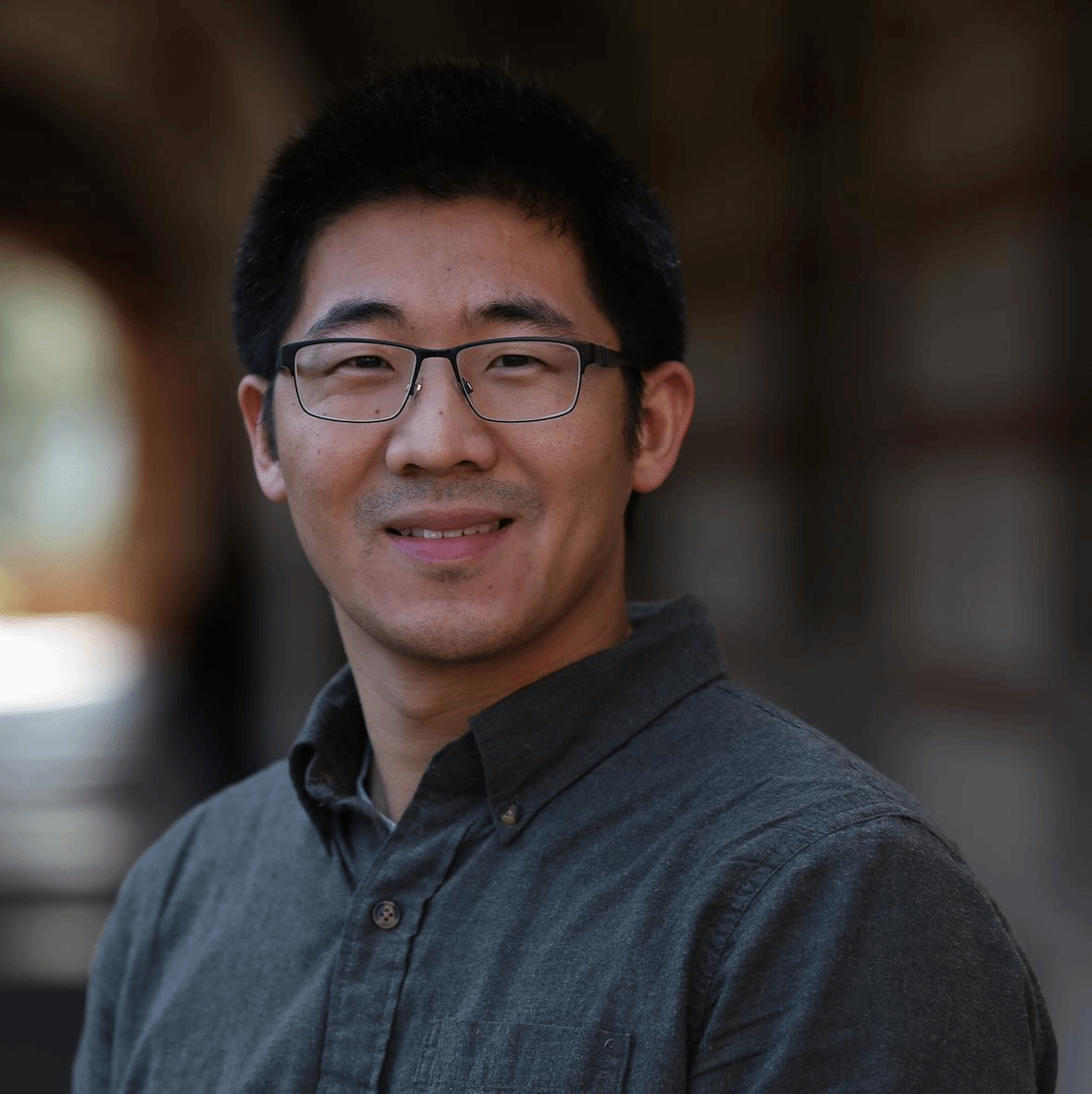
Yixing,Geng
Peking University, School of Physics, Engineer.
Homepage:http://faculty.pku.edu.cn/gengyixing
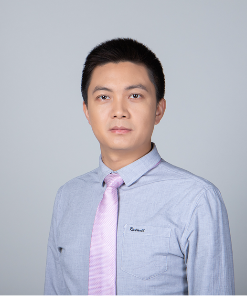
Zhongxi,Yuan Peking University, School of Physics, Senior Engineer.
Jiarui,Zhao Peking University, School of Physics, full-time associate researcher.
Kedong,Wang Peking University, School of Physics, full-time associate researcher.
Shiyou,Chen Peking University, School of Physics, full-time associate researcher.
Qiang,Wang Peking University, School of Physics, control system engineer.
Shengxuan,Xu Peking University, School of Physics, Electromechanical Design Engineer.
Mingming,Xu Peking University, School of Physics, Mechanical Engineer.
Enshuo,Guo Peking University, School of Physics, Electrical Engineer.





